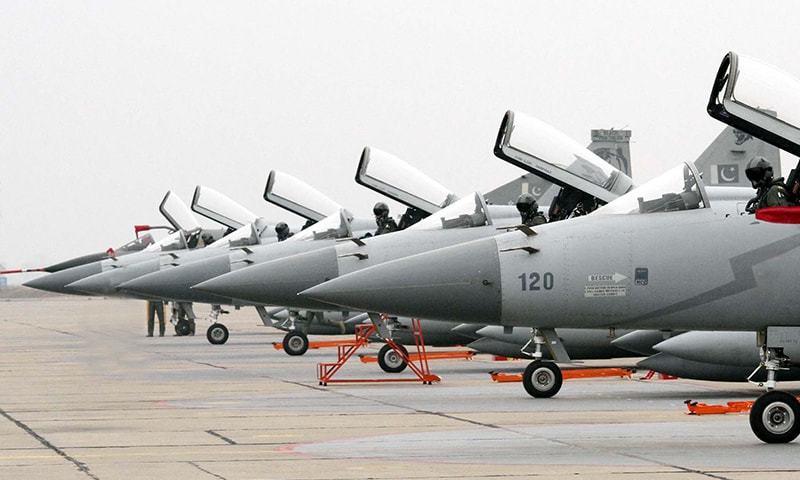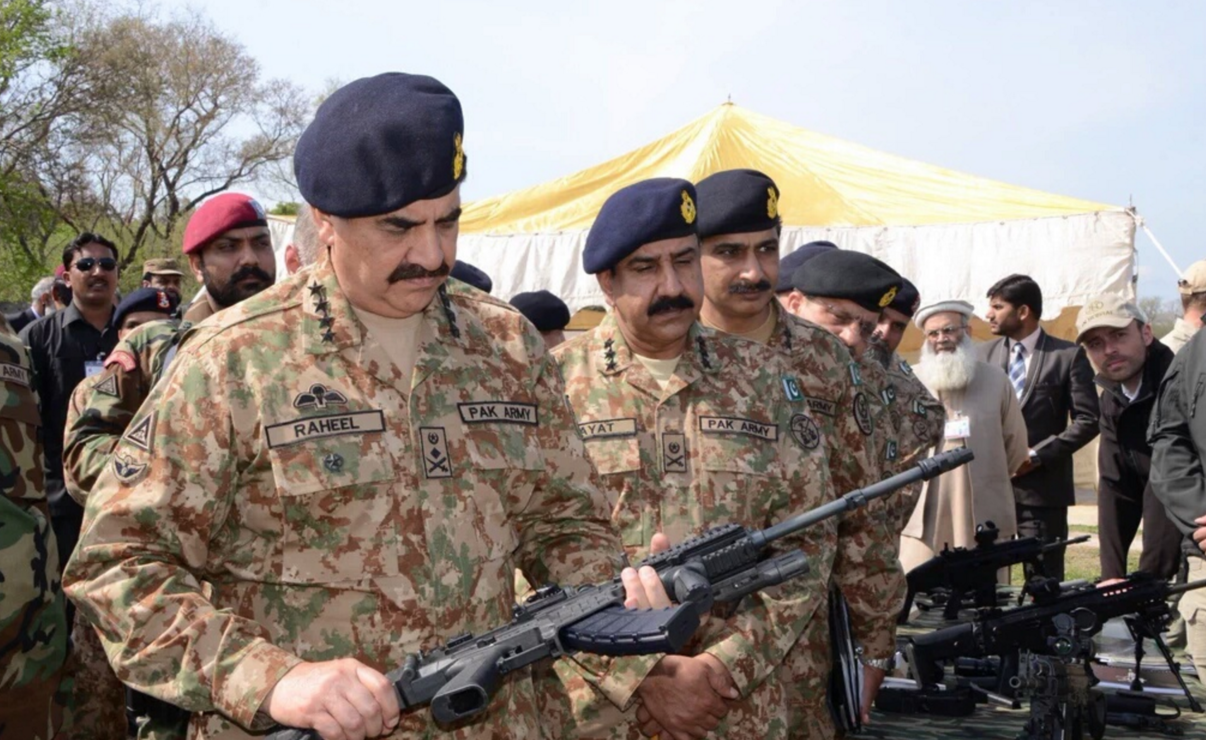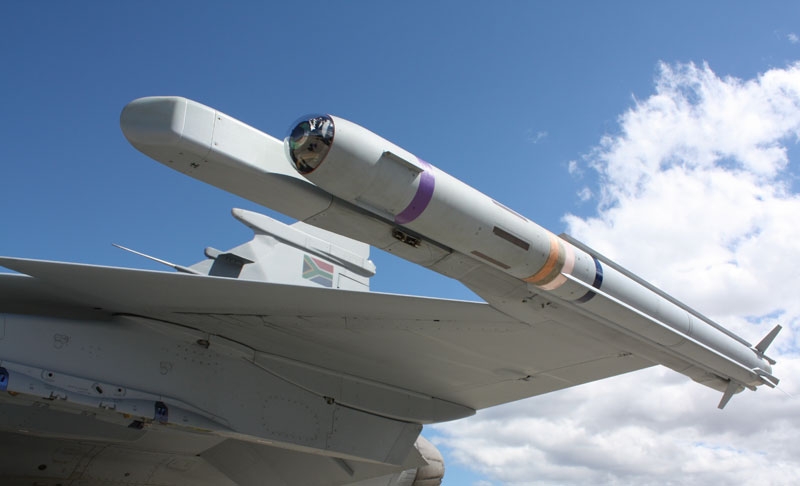2464Views 6Comments

Pakistan Air Force: Combat Commanders School (CCS)
The Combat Commanders School (CCS) is the Pakistan Air Force (PAF)’s leadership education and training institute. CCS serves as a bridge for seasoned PAF fighter pilots – usually those with 13 to 15 years of flying experience – as they are summoned to take on command roles within the PAF.[1] Experienced air defence controllers are also trained and examined at CCS. For an officer, CCS is a once in a lifetime opportunity for directly relevant growth, and a daunting obstacle that could put an end to one’s career with the PAF.[2]
The origins of the CCS can be traced back to the Flight Leaders School, which was raised by Air Marshal Asghar Khan, Pakistan’s first native Chief of Air Staff. The Flight Leaders School essentially prepared and examined prospective commanding officers, much like CCS today. However, evolving technology and air warfare trends resulted in a substantial re-organization of the institute. In 1976, Air Chief Marshal Zulfiqar Ali Khan undertook that task and formed CCS at PAF Sargodha, which is today known as PAF Mushaf (in memory of the late Air Chief Marshal Mushaf Ali Mir).
The CCS fighter unit is comprised of four squadrons utilizing the following aircraft: Lockheed Martin F-16A/B Mid-Life Update (MLU), Chengdu Aircraft Industry Group (CAIG) and Pakistan Aeronautical Complex (PAC) JF-17 Thunder, CAIG F-7P, and Dassault Mirage ROSE-I [Retrofit Strike Element]. Dunya News’ Mahaaz and Pakistani journalist Wajahat Saeed Khan also ran a show on CCS in April, a look through the footage also shows that the Saab 2000-based Erieye airborne early warning and control (AEW&C) and an Ilyushin IL-78 air-to-air refueling (AAR) tanker operate in the vicinity.
As stated earlier, CCS is essentially a training institute and examination ground for mid-career PAF officers, namely fighter pilots and air defence controllers. These officers typically have 13-15 years of experience (i.e. Squadron Leader or Major/OF-3). They are summoned to CCS to train for a possible commanding role – either of a PAF fighter squadron or as an instructor in CCS.
In effect, CCS is a mandatory next step, and if the officer in question fails to achieve the minimum passing grade, then it is essentially the end of both their flying career and their time with the PAF. CCS serves a dual role. First, it filtrates the personnel pool to select a comparative few for further professional development. Second, it enhances the capacity – both in terms of knowledge and personality – of the officer, enabling them to effectively command a squadron, especially under wartime stress.
Practically, the training and education regimen could be organized into the following categories: advanced tactics, increasing knowledge, utilizing current technologies, and dissimilar air combat training (DACT). It must be noted that most of what is written from this point on are inferences based on available facts or information. There is no guarantee that CCS is applying what is stated in this article.
In terms of ‘advanced tactics’, one could assume that CCS trains pilots and air defence controllers in closely coordinating with one another and undertaking a wide range of pre-planned missions. Dynamic scenarios and examining aircrew reactions to spontaneous or unexpected events could also be assumed. The DACT element, which involves simulated combat scenarios between distinct aircraft types (e.g. F-16 MLU and JF-17) could also factor into this area. In fact, ‘advanced tactics’ could naturally be the culmination of CCS’ other training areas, e.g. utilizing current technologies. The utilization of tactical data-link and network-centric warfare tools and support assets would be instrumental in keeping this realm relevant.
CCS has access to the full breadth of the PAF’s air warfare assets – i.e. modern fighter platforms, AEW&C, and AAR platforms. Based on the technology available, CCS could impart prospective commanders with the knowledge and capacity to effectively undertake and train others in modern air warfare tactics. For example, availability of modern beyond-visual-range (BVR) air-to-air missile (AAM) such as the SD-10A or AIM-120C5, tactical data-link connectivity, and AEW&C support would enable aircrew to trade in lock-on after launch (LOAL). This is relevant to the ‘advanced tactics’ element in that the PAF could view AEW&C-backed LOAL tactics as a means to defend against technologically superior foes (e.g. fighters with longer range radars and AAMs).
CCS graduates will become the PAF’s future leaders and policymakers. Although one should expect junior officers to keep relatively abreast of activities across the border – and in other parts of the world generally – CCS likely sets the foundation for informed learning and problem-solving, tactically and – in time (with Air War College) at a higher policy level. It should be noted that besides training, CCS is also responsible for identifying areas of need, materially and in terms of training and operations. In terms of the latter, CCS could develop the necessary regimens to diffuse the necessary knowledge and skills to the PAF fleet.
DACT is an integral element. The ‘dissimilar’ aspect is more than just training against different aircraft, but rather, it is about simulating dissimilar capability sets. The Indian Air Force (IAF) maintains an uncontested quantitative advantage as well as an increasingly potent qualitative edge. On paper, the PAF units are at a disadvantage, and as a result, it is incumbent upon the PAF to prepare aircrew for stressing situations and – above all – to utilize existing means to maximum utility. Both aspects require familiarity with the reality, and CCS could provide that by pitching prospective commanders against superior foes in terms of both quantity and quality. DACT missions would also involve air combat maneuvering instrumentation (ACMI), which the PAF uses onboard its fighters in pod form.
In light of the buzz surrounding Pakistan’s reported interest in the Sukhoi Su-35, there is little doubt that such a platform would have immense value in CCS’ DACT curriculum (not least because of its comparative similarity to the IAF’s Su-30MKIs). Such a platform, especially with its capacity to carry a long-range radar and utilize long-range AAMs would enable the PAF to build a relatively high level of familiarity with the main threat platform.
In order to keep abreast of emerging air warfare trends – be it tactics or wider operational procedures in maintenance and order-of-combat – attending multi-national exercises such as Red Flag and Anatolian Eagle is viewed as essential. The PAF regularly attends Anatolian Eagle, and its No. 5 unit recently took part in Red Flag over the summer. The learning experience from these exercises is fed into the PAF’s wider training system, which includes CCS, PAF Risalpur, and in time, the Airpower Centre of Excellence (ACE).
None of the specifics in this article are authenticated details (unless cited with another source). However, the assumptions were made on real-world facts, e.g. the combat and support platforms in use with CCS, the PAF’s munitions, etc. CCS is an integral institution, one that serves as a means to continually enhance the PAF’s operational procures, namely by producing and inserting commanders with relevant and up-to-date skills and knowledge. This pool is refreshed on a consistent and regular basis, enabling the PAF to maintain a dynamic profile, especially in operational terms.
[1] Alan Warnes. “Training for Combat” in The Pakistan Air Force 1998-2008: A New Dawn. 2009. Chapter 3: 48
[2] Ibid.



6 Comments
by Shahjahan Gondal
“You’re the best, we will make you better.” A well written article
such that it may create mystery to many and why not it should be as the
training system and curriculum of the CCS is classified and as such the
CCS is not open to pilots from even friendly foreign air forces.
Bravo
by SS_IND
PAF is not getting the Su-35 it has been told by Russia.
http://www.defencenews.in/article/No-Russian-Fighter-Jets-for-Pakistan-Sergey-Chemezov-8747
So looks like Europe and China are the only options remaining. But with the S400 thoses planes would be obsolete anyways.
by SP
I would suggest that the most of the training offered at CCS would be more beneficial if given to new combat aircraft pilots, rather than to mature and experienced pilots that will he heading for desk jobs and managerial roles. The people heading for desks jobs and managerial roles would be better served by acquiring administration and managerial skills and get pychological and aptitude testing for higher positions.
by tyler durden
last night i watched wajhat khan program on CCS and today i read ur artice on it. is it similar to IAF TACDE or better?if better ,in what respect? compare plz
by Abdul Rashid
Hi Tyler, though the majority of the articles on Quwa are on Pakistani military I would disagree that the site presents Pakistan’s POV. You will find all the articles and analysis here written very objectively and neutral. In the comments section however all points of views and opinions from all sides are welcome as long as of course no offensive or provocative language is used. On that note, please be aware that the four letter abbreviation for Pakistanis is considered offensive by many. I have therefore edited it before approving your comment. I would have done the same if it was the other way around.
If you look through some older Quwa articles you will find some covering LCA Tejas, Indian private sector, etc.
by bill
An article is needed future strategies to counter Rafael and S400 after 2020 by PAF. Also which asymmetric warfare options Pak has.